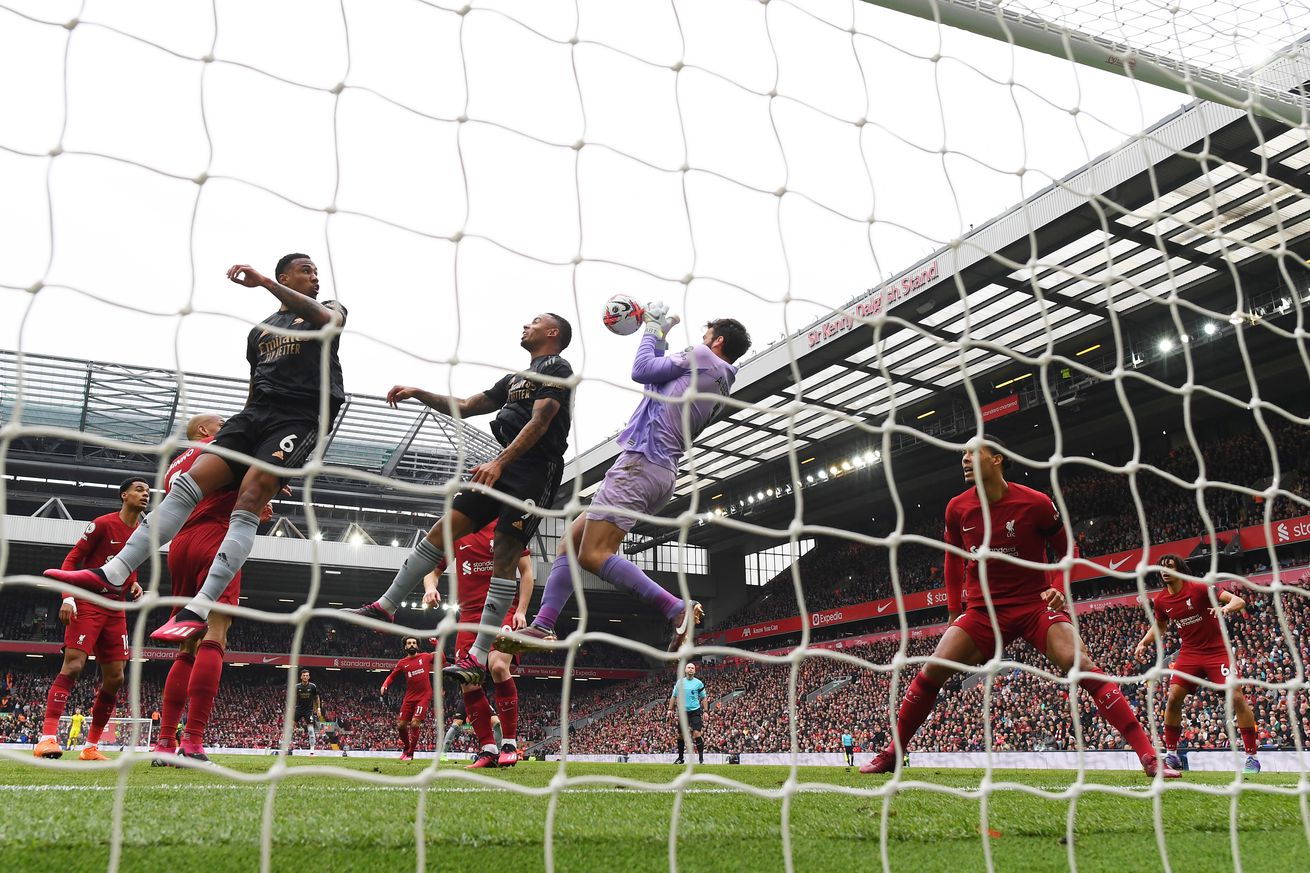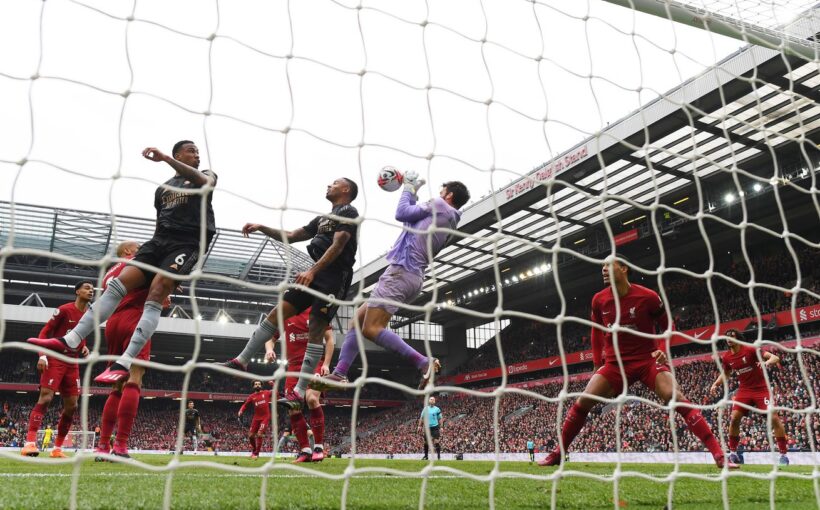
A few months ago, I discovered a new genre of YouTube video. It’s called the “extended highlight,” and it typically takes the form of a video somewhere between eight and 18 minutes long, with rapid-fire jump cuts between all the most important parts of a game.
Since I embraced the glory of the extended highlight, I feel like I’ve watched more sports than ever. I’ve seen every Arsenal goal and almost-goal, every cool Steph Curry shot for the Warriors, every Daniel Jones run for the Giants, every Aaron Judge strikeout or home run for the Yankees. But I rarely, if ever, sit and watch a game. I used to! But why would I now? All the good parts are right there on YouTube a few hours later.
Much has been made over the last decade about how highlight culture is changing sports. (Ruining it, some might say.) For a while, there was a moral panic about SportsCenter’s bite-size renditions of sports. Then it was House of Highlights on Instagram that was threatening to become the biggest thing in sports TV as viewers started to care more about sick dunks than final scores. And indeed, the whole sports fan experience has shifted! Young viewers follow individual players rather than teams; they care about the off-field stories and personalities as much as the on-field results; they really do love scrolling through highlights on TikTok. Leagues, teams, and broadcasters have caught up and are now embracing these platforms and angles more than ever. Now, everybody’s also talking about gambling and fantasy and how those are changing the way we talk about sports.
But extended highlights feel like a different thing altogether. This isn’t “the one play you needed to see from the game”; it’s… the game. Only shorter. It’s like the radio edit of a song or the TV cut of a movie — it just chops out the boring bits, and most people are going to like it better as a result. Eighteen minutes of a 90-minute soccer game is enough to show the starting lineups, the kickoff, every meaningful scoring opportunity, every yellow and red card, every corner kick, and every cool dribbling move that ultimately ended nowhere. No, you don’t get to see the three minutes of buildup that led to the goal, which is what purists will tell you is the whole point of the game. But you do get a sense of the flow, the momentum, the vibe of the game. It’s a remarkably complete retelling in a tiny fraction of the time.
Almost every major sport and league offers these extended highlights, and I kind of can’t believe they all do. Live sports are the most expensive, most coveted thing in the media world right now, and you’re just offering a near approximation for free on YouTube? (To be clear, I love it. Please don’t stop even though it seems like a terrible business decision.) Embracing the internet as a sports distribution tool was the right call — I’m not sure making supercuts of every game was.
Pitch clocks made baseball faster. Extended highlights make baseball way faster.
I also think extended highlights might be a clue about the future of sports. The internet-ification of sports has long been happening in subtle ways — sports tweaking their rules to be just a little more exciting and more action-packed, more easily packaged into a TikTok or Reel. Just this year, Major League Baseball made the bases larger and outlawed some very effective defense, which means steals and runs are both up. More highlights!
But the MLB also instituted a pitch clock, which has made games upward of 25 minutes shorter. And there are even more extreme examples coming. Take the Kings League, a new soccer league formed in part by soccer superstar Gerard Piqué. It’s seven-on-seven soccer on teams owned by well-known streamers, with all kinds of tweaks designed to make the games faster and more chaotic. There’s no beautiful game here; there is, instead, the “golden card” that teams draw before the game that says things like “any goal scored in the next minute counts double” or “instant penalty.” And the whole game is only 40 minutes long.
Or there’s LIV Golf, the new (and wildly controversial) competitor to the PGA Tour that turned tournaments from four rounds into three. It has fewer competitors and starts more of them at the same time, which means the day’s round goes much more quickly. The goal, as with the Kings League, is to make sure something exciting is always happening and to make it all happen faster.
It makes sense, right? As viewers, so many things are competing for our attention that hardly anyone wants to watch a pitcher scratch his nose or two defenders kick a ball back and forth for 38 seconds. In 2023, even an 18-minute video is a lot to ask viewers to focus on. Sports, just like other kinds of entertainment, have no choice but to make everything move at a blistering pace or risk losing viewers to the TikTok app on their phones. Of course, when sports push harder and get faster, that creates room for new and different kinds of content surrounding the games. Which means even more competition. It’s hard to see how any of it ever slows down.



